La Albufera de Valencia rice field
DOI: 10.5281/zenodo.7607462
Countryside and Inland and Coastal Plains Model
Authors: José Vicente Aparicio Vaya and Ghaleb Fansa.
Overview of SAMUTER
SAMUTER of the Arrozal de la Albufera de Valencia analyses the existing relationships within the framework of this territory characterised by a wetland environment of the Mediterranean coast, the “Arrozal de Albufera de Valencia”. It is a complex system of relationships between natural and human conditions in an area dominated by rice monoculture. It is a Protected Natural Area in direct contact with the Metropolitan Area of Valencia.
1. Environmental sustainability
This is an area of great environmental value and agro-ecological potential, as it is the most important coastal lake on the Iberian Peninsula. It occupies an area of 21,000 hectares, of which 17,500 are rice fields. The study area is located in an environment that has the following protected status: Albufera Natural Park, Albufera Site of Community Importance, Albufera Special Area of Conservation for Birds and, finally, it is part of the RAMSAR wetlands network.
In this environment, rice cultivation is of great value as it makes a decisive contribution to the conservation and development of the ecosystem, birdlife and biodiversity of the area.
2. Territoriality and agri-environmental policies
The study territory covers around 45,980 ha, distributed between the municipalities of Albal, Albalat de la Ribera, Alfafar, Algemesí, Beniparrell, Catarroja, Cullera, Massanassa, Sedaví, Silla, Sollana, Sueca and El Saler, El Palmar, El Pinedo (the latter three are districts of Valencia).
According to Corine Land Cover, rice fields are the predominant crop in this territory, although, to a lesser extent, permanently irrigated land and fruit trees can be found. In this area is located part of the territory that makes up the D.O.. P “Arroz de Valencia/Arròs de València” which also includes the municipalities of Alginet, Almacera, Almusafes, Alquería de la Condesa, L’Alcúdia, Alzira, Benifaió, Corbera, Favareta, Fortaleny, Llaurí, Massamagrell, Oliva, la Pobla de Farnals, Polinyà del Xúquer, Puçol, Rafelbunyol, Riola, Sagunto and Tavernes de Valldigna, in the province of Valencia; Pego, in the province of Alicante and Almenara, Castelló de la Plana, Xilxes and La Llosa in the province of Castellón. The study focuses on the municipalities around the Albufera de Valencia.
3. Relations between production, processing, marketing and consumption
The relations existing within the framework of SAMUTER “Arroz de Valencia/Arròs de València” are part of a complex system of relations between the different local actors that make up this production system. We will analyse both the producers and the processing industries within a production-transformation circuit with a local radius of action.
At present, rice cultivation in Valencia sustains an entire ecosystem of marshland, energises society and provides the values on which the cultural, historical and social basis of part of Valencian society is based.
4. Good governance
The SAMUTER of Arrozal de Albufera de Valencia coincides territorially with the ‘Arroz de Valencia/Arròs de València’ PDO, which in turn is managed by the Regulatory Council of the ‘Arroz de Valencia/Arròs de València’ PDO, which was set up in 1998. Its functions are set out in the Order of 21 September 2000 of the Regional Ministry of Agriculture, Fisheries and Food. This body, made up of professionals from the sector, protects the quality of the rice produced by establishing a series of quality and origin parameters, as well as ensuring strict compliance at each stage of production and processing of the rice.
SAMUTER is also located in its entirety within the Albufera Natural Park, a Site of Community Importance (LIC de l’Albufera), a Special Area of Conservation for Birds (ZEPA de l’Albufera) and forms part of the RAMSAR wetlands network.

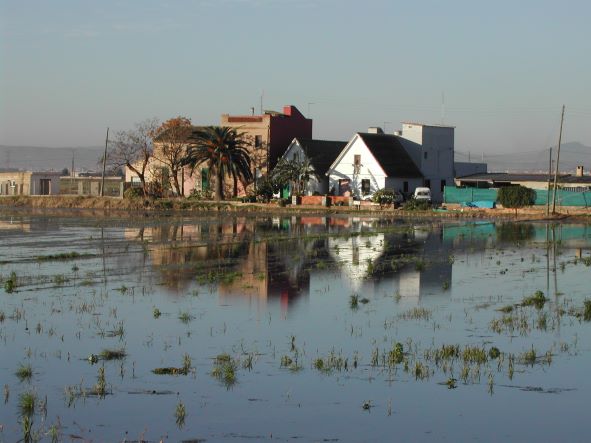
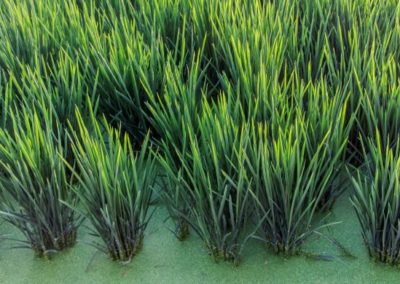
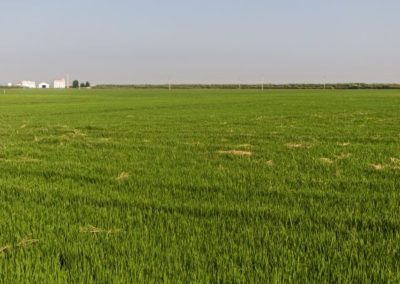
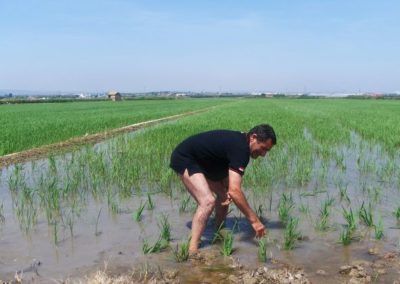
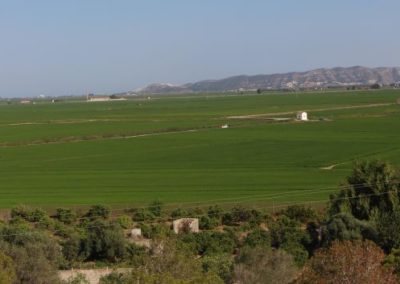
Recent Comments